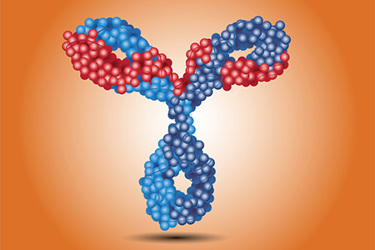Identification And Tracking Of Problematic Host Cell Proteins When Using 3M™ Emphaze™ AEX Hybrid Purifier In mAb Manufacturing Processes
By S. Gilgunn, H. El-Sabbahy, S. Albrecht, M. Gaikwad, K. Corrigan, L. Deakin, G. Jellum, J. Bones

Adapted from Identification and tracking of problematic host cell proteins removed by a synthetic, highly functionalized nonwoven media in downstream bioprocessing of monoclonal antibodies, J. Chromatography. A., 1595 (2019), pp. 28-38.
Monoclonal antibodies are typically produced in cells leading to the generation of impurities such as the cells themselves, cell debris, HCDNA, and HCPs. These contaminants are present in the clarified cell culture fluid (CCCF) in addition to the product. Large, insoluble debris is mostly removed during clarification while soluble species including HCDNA and HCPs are commonly cleared during the downstream processing. FDA guidelines limit the amount of HCDNA in the final drug product to 10 ng/dose or less. A maximum HCP limit of 100 ppm has been adopted across the industry, while processes in practice are designed to target lower level.
The removal of HCPs during purification is challenging, as they constitute a wide range of proteins exhibiting different properties and characteristics such as isoelectric point, molecular weight, hydrophobicity and structure. This study explored the impact of implementing 3M™ Emphaze™ AEX Hybrid Purifier during clarification on the removal of problematic HCPs in downstream mAb purification.
Get unlimited access to:
Enter your credentials below to log in. Not yet a member of Bioprocess Online? Subscribe today.
